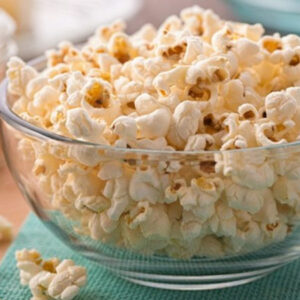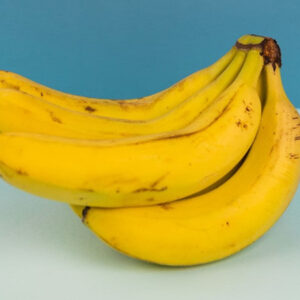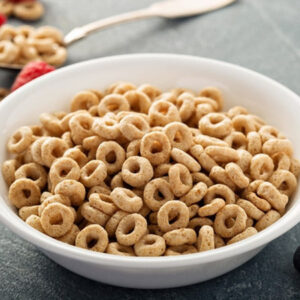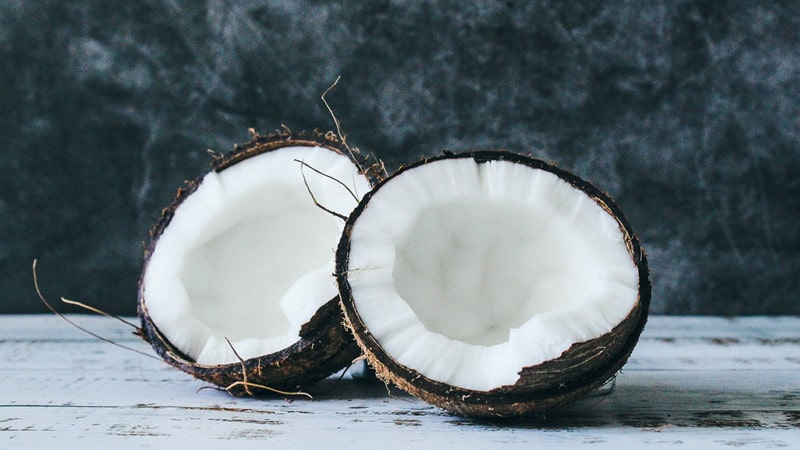
For the average person, some plants are difficult to classify. One of such plants is a coconut. It is hard to tell: Is Coconut a Nut or a Fruit? This article offers 9 things you didn’t know about a coconut.
Introduction to Coconut

The coconut is considered to be the Swiss Army knife of the plant kingdom. It offers high-calorie food, water, and fiber that can be twirled into a rope. Its hard shell can be transformed into charcoal. In some parts of the world, the coconut serves as a handy flotation device.
In ancient times, people used to pitch several coconuts aboard before setting sail. According to Professor Kenneth M. Olsen, a plant evolutionary biologist at Washington University in St. Louis, there are two main species of coconuts in the world, further suggesting that the coconut was originally cultivated in two separate parts: the Pacific basin and the Indian Ocean basin.
In his studies, Olsen also discovered that coconut genetics preserved a record of prehistoric trade routes and the colonization of the Americas. Currently, there are two main types of coconut fruits: Niu kafa and Niu vai. The two names originated from Samoa, which is part of Polynesia – a sub-region of Oceania.
The Niu Kafa variety features a three-sided and rectangle shape with a large fibrous husk. On the other hand, the Niu vai variety features a round shape with a large amount of sweet coconut water when unripe. But there is also a rare variety of coconut known as the dwarf coconut.
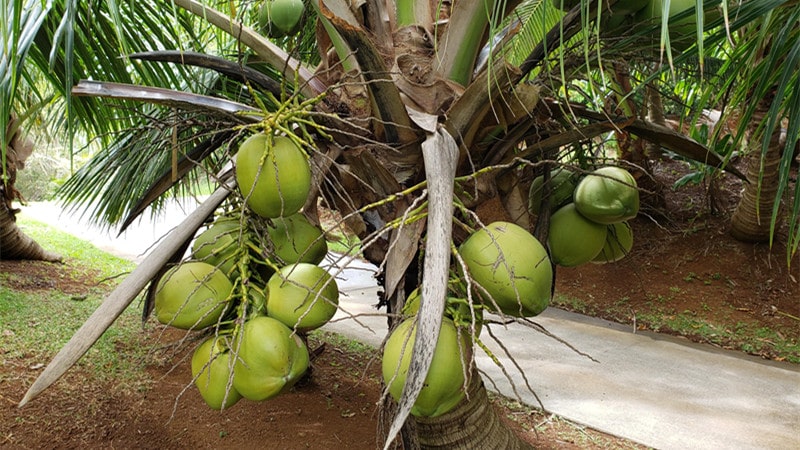
Image source: Pinterest
The word dwarf suggests domestication of the plant, but this form of coconut makes up for 5 percent of the total population of coconuts in the world. It is also important to note that coconuts are classified into two main varieties: tall and dwarf coconuts. The dwarf variety grows only a few feet tall.
Dwarf coconuts are commonly used for eating fresh while tall coconuts are used for manufacturing oil and fiber. Also, dwarf coconuts are self-fertilizing, self-pollinating, and have rounded sweet fruits.
Traditionally, the Niu kafa variety was believed to be the wild ancestral variety with no human selection. The Niu vai variety, which is the dwarf form of coconut, was believed to be the domesticated type of coconut.
The lack of universal domestication characteristics and the long history of human interactions with coconuts make it hard for botanists to trace the history of the cultivation of coconuts strictly through morphology.
However, the latest DNA analysis of coconuts shows that the Pacific and Indian Ocean species have very distinct genetic evidence.
According to Prof. Olsen, almost a third of the total genetic diversity can be separated between two groups that correspond to the Indian Ocean and the Pacific Ocean.
In the Pacific basin, coconuts are believed to have been cultivated on islands in Southeast Asia, including the Philippines, Malaysia, Indonesia, and possibly the continent too.
In the Indian Ocean basin, the most likely center of cultivation of coconuts is believed to have been the southern periphery of India, including Sri Lanka, the Maldives, and the Laccadives.
What Is the Classification of a Coconut?
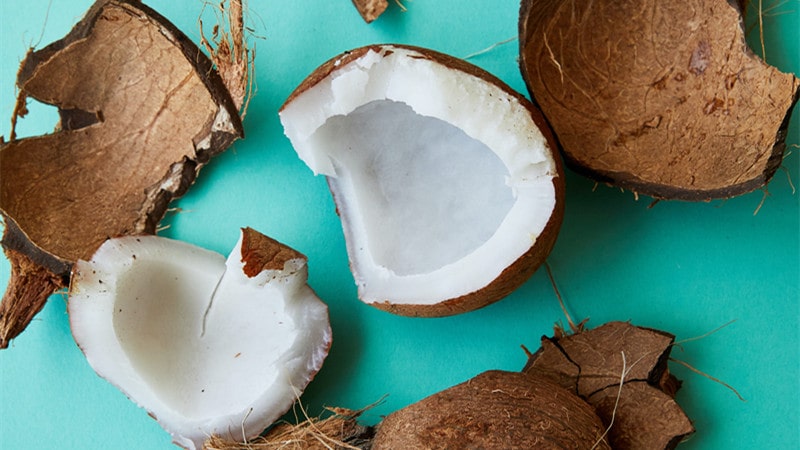
Botanists have classified a coconut as a chewy one-seeded drupe – a fruit with a solid stony covering that encloses the seed. The word drupe originated from the word drupe, which means an overripe olive.
All drupes, including a coconut, are made up of three layers: endocarp (a hard, woody layer surrounding the seed), mesocarp (fleshy middle layer), and exocarp (the outer layer).
The exocarp layer is the outermost layer of an untouched coconut with a greenish color. So, most of the coconuts you find at your local grocery store do not have this layer because it has been removed. The fibrous husk is commonly referred to as the mesocarp.
The mesocarp layer surrounds the hard woody layer known as the endocarp, which covers the seed. So, the coconuts you find at the supermarket and grocery store do not have the exocarp and mesocarp layers. What you see is the endocarp.
Most scientists refer to the coconut as a water dispersal fruit and seed. The seed is the reproductive part of the flowering plant. In other words, a seed carries the baby plant inside, which has two basic components: the embryo root also referred to as hypocotyl, and the embryo leaves (epicotyl).
In the case of the coconut, you will notice three pores, commonly referred to as eyes. The seed germinates through one of these pores. Apart from the baby plant, the coconut also carries enough food inside for the baby plant to survive for a long time. This food is the coconut’s case and the thick, sweet white stuff you eat.
Perhaps you are asking yourself why the word coconut contains the word “nut” if the scientists believe the coconut is a seed. The truth is that the coconut is also considered to be a nut because a nut is defined as a one-seeded fruit.
However, coconut isn’t a true nut because true nuts like acorns are indehiscent, meaning that they do not open when they mature to release their seeds. They only release their seeds when they decay or get digested by animals.
9 Things You Didn’t Know About Coconuts
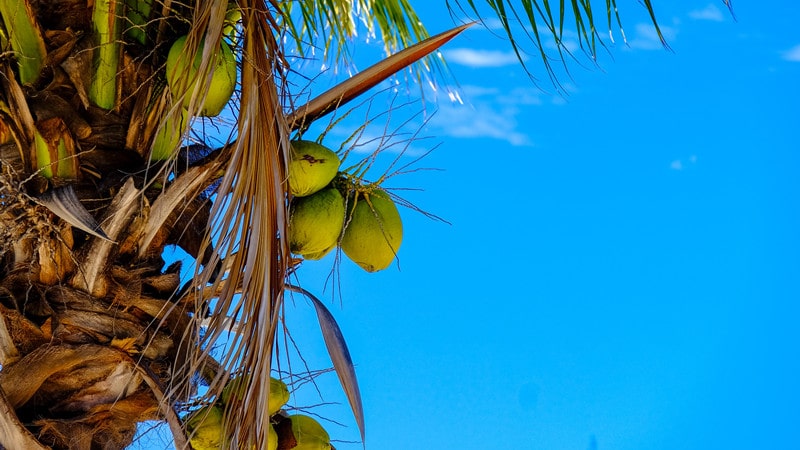
1. No Part of Coconut is Useless
Every part of the coconut is useful. That’s why coconut is referred to as the “Tree of Life” and can produce drink, fiber, food, fuel, utensils, musical instruments, and much more.
2. Coconut Water Can Substitute IV Solution
In World War II, the intravenous (IV) solutions were in short supply, forcing doctors treating victims of the war and Vietnam to use coconut water in substitution of IV solutions.
3. Coconut Palm Is Not a Tree
Botanically, the coconut palm is not considered to be a tree because it doesn’t have a bark, branches, or secondary growth. A coconut palm is a woody perennial monocotyledon and its trunk is the stem.
4. It Was Popular in India in the 5th Century AD
Perhaps the oldest reference is from Cosmas, a 5th century AD Egyptian traveler. He wrote about the “Indian nut” or “nut of India” after visiting India and Ceylon. Some scholars believe Cosmas was describing a coconut.
5. It Was Popular in China in the 9th Century
Soleyman, an Arab trader, visited China in the 9th century and described the use of coir fiber and toddy made from coconuts.
6. It Was Previously Known as Nargil
In the 16th century, Sir Francis Drake called coconut “nargils”, which was a common term used until the 1700s when the word coconut was established.
7. Matures in One Year
It takes 11 -12 months for the coconut to mature.
8. It Is Monotypic
Previously, scientists identified over 60 species of Cocos palm. Currently, the coconut is considered to be monotypic with only one species, Nucifera. Nevertheless, there are over 80 variations of coconut palms, which are defined by characteristics such as dwarf and tall.
9. Coconuts Are Found in Every Part of the World
Coconuts growing regions are as far north as Hawaii and as far south as Madagascar.
Why Does the FDA Consider Coconut a Tree Nut?
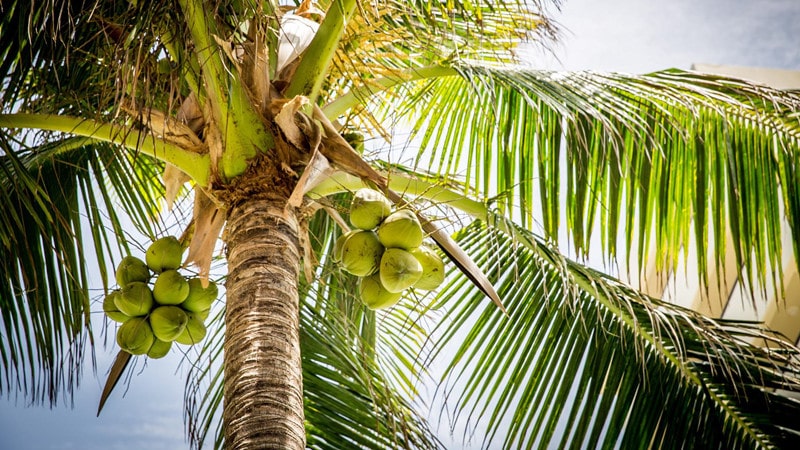
According to the U.S. Foods and Drugs Administration (FDA), coconut is a tree nut. Therefore, the agency warns people who are allergic to nuts against taking products made from coconuts. But botanists dispute this claim, arguing that the coconut is a drupe.
But why does the FDA insist that the coconut is a tree nut? The difference in opinion is based on the fact that the classification methods used by botanists are quite specific and complex, while the classification of tree nuts by the FDA is very wide-ranging and not relevant at worst. In the United States, tree nuts are known to be a major source of allergens.
Therefore, any products made from tree nuts or their ingredient must be called out on their labels for transparency and to warn consumers. But it is also important to note that the FDA has a long list of items that it has identified to be tree nuts. Some of the species in this list are not suitable for food use.
Can You Eat Coconut If You Have a Nut Allergy?
Based on the information offered by the FDA, you shouldn’t use products made from coconut if you are allergic to tree nuts. Other tree nuts include almonds, walnuts, and cashew nuts. But according to botanists around the world, the coconut is not a tree nut.
So, who will you believe? The safest and only way to be certain if you can use products made from coconut is to talk to your medical doctor. They will carry out different tests to check the kind of effect that coconut products can have on your health.
In Summary
Now you have a clear answer to the question: Is coconut a nut or a fruit? With this information, it’s completely okay to conclude that coconut is all of these: a seed, a fruit, and a nut.
Coconut is a seed because it is the reproductive part of the tree and fruit because it is a fibrous one-seeded drupe. Coconut is considered a nut because a nut can be loosely defined as a one-seeded fruit.



